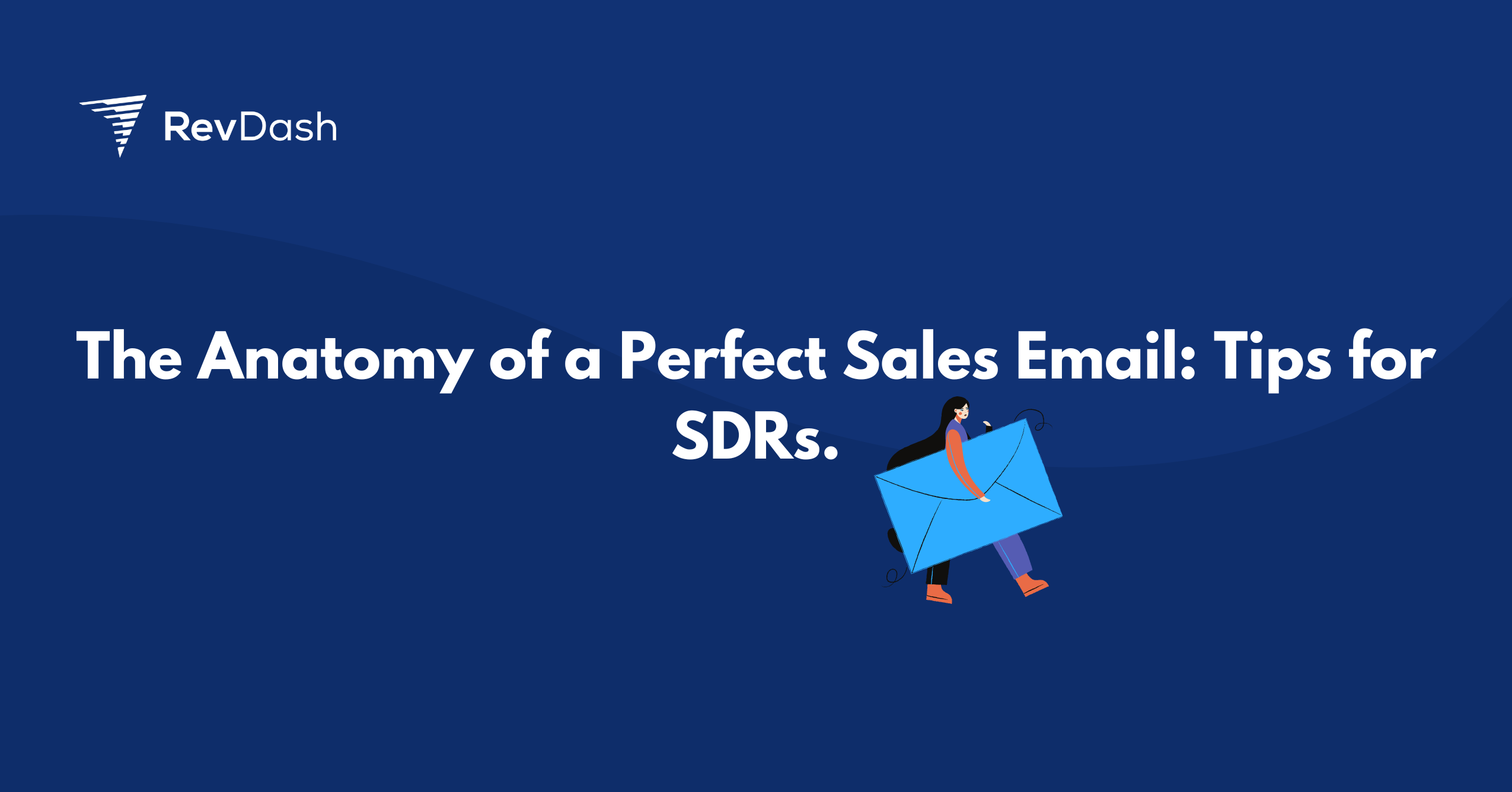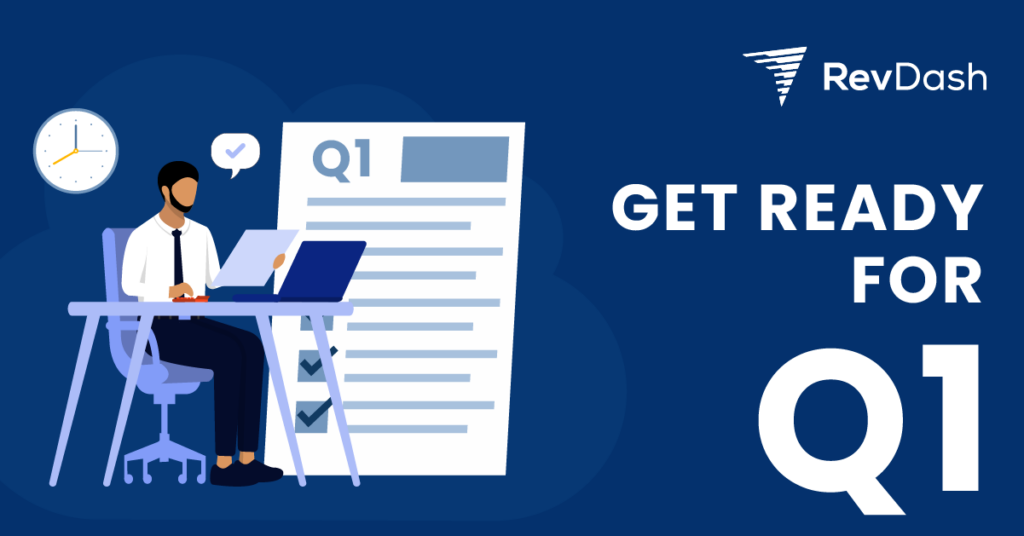Crafting the perfect sales email can be a challenging task. With so many emails flooding inboxes every day, it’s important to make sure your message stands out from the rest. In this blog, we will go into depth on how to write the perfect sales email.
The first step in crafting a perfect sales email is to understand the target audience. SDRs should research their prospects and tailor their messaging accordingly.
This includes understanding the pain points and challenges of the target audience and how the product or service being offered can provide a solution. Personalization is key, and SDRs should avoid generic messages that are likely to be ignored.
The subject line is the first thing a recipient sees, and it can determine whether or not the email is opened.
SDRs should aim to create subject lines that are concise, attention-grabbing, and relevant to the recipient’s needs. In the following sections, we will dive deeper into the key elements of a perfect sales email and provide tips for SDRs to improve their email outreach.
Understanding the Sales Email Landscape
Sales emails are a crucial part of any sales development representative’s (SDR) toolkit. However, crafting the perfect sales email can be a challenging task. With so many emails flooding inboxes every day, it’s essential to understand the sales email landscape to create an email that stands out.
One critical aspect of the sales email landscape is the level of personalization. Personalization can range from using the recipient’s name to referencing their company or recent news. According to a study by Experian, personalized emails have a 29% higher open rate and a 41% higher click-through rate than non-personalized emails.
Another essential element is the subject line. The subject line is the first thing that a recipient sees, and it can make or break the email’s success. A study by Convince & Convert found that 35% of email recipients open an email based solely on the subject line. It’s crucial to craft a subject line that is clear, concise, and attention-grabbing.
The body of the email is where the SDR can showcase its value proposition and explain how its product or service can help the recipient. It’s essential to keep the email short and to the point, using bullet points or numbered lists to break up the text.
According to a study by Boomerang, emails between 50 and 125 words have the best response rates.
In conclusion, understanding the sales email landscape is vital for crafting the perfect sales email. Personalization, subject lines, and the body of the email are all critical elements that SDRs must consider when creating an email that stands out in a crowded inbox.
So here are some tips on how to write the perfect sales email:
Crafting the Subject Line on a Sales Email
Crafting the perfect subject line is crucial to ensure that your sales email is opened and read by the recipient. A well-crafted subject line can grab the attention of the reader and compel them to open the email. Here are some tips for crafting the perfect subject line:
Leveraging Curiosity and Relevance
One of the most effective ways to craft a subject line that grabs the reader’s attention is by leveraging curiosity and relevance. The subject line should be relevant to the recipient’s needs and pique their curiosity. This can be achieved by asking a question, using a statistic, or making a bold statement that is relevant to the recipient’s industry or interests.
Personalization Techniques
Personalization is another effective way to create a subject line that resonates with the recipient. Using the recipient’s name in the subject line is a simple yet effective way to personalize the email. In addition, using information about the recipient’s company or industry can also help to personalize the subject line and make it more relevant to the recipient.
Clarity and Brevity
Finally, it is important to ensure that the subject line is clear and concise. The subject line should convey the purpose of the email in a few words, without being too vague or too long. A clear and concise subject line can help to increase the open rate of the email and improve the chances of the recipient taking action.
In summary, crafting the perfect subject line is crucial to ensure that your sales email is opened and read by the recipient. By leveraging curiosity and relevance, using personalization techniques, and ensuring clarity and brevity, you can create a subject line that grabs the reader’s attention and compels them to open the email.
Structuring the Email Body
When it comes to crafting a perfect sales email, structuring the email body is just as important as writing a compelling subject line. The body of the email should be structured in a way that captures the attention of the recipient, establishes credibility, articulates the value proposition, and includes a clear call to action. Here are some tips on how to structure the email body effectively:
Opening with a Hook
The first sentence of the email should be attention-grabbing and pique the interest of the recipient. This can be achieved by referencing something relevant to the recipient, such as a recent news article or a mutual connection. Including a personal touch will make the email feel less like a generic sales pitch and more like a personalized message.
Establishing Credibility
After the hook, it’s important to establish credibility. This can be done by mentioning any relevant industry experience or credentials. It’s also important to provide social proof, such as customer success stories or testimonials, to demonstrate the value of the product or service being offered.
Articulating Value Proposition
The body of the email should clearly articulate the value proposition of the product or service being offered. This can be achieved by highlighting the benefits and unique selling points. It’s important to focus on the recipient’s pain points and how the product or service can solve them.
Including a Clear Call to Action
The email should end with a clear call to action that tells the recipient what to do next. This can be anything from scheduling a demo to downloading a whitepaper. It’s important to make the call to action specific and actionable.
By structuring the email body in a way that captures attention, establishes credibility, articulates the value proposition, and includes a clear call to action, SDRs can increase the effectiveness of their sales emails and close more deals.
Timing and Frequency
Best Times to Send Emails
Timing is everything when it comes to sending sales emails. SDRs must be strategic about the time of day and day of the week they send their emails to maximize open rates and response rates.
According to research, the best time to send an email is on Tuesday or Thursday between 10 am and 12 pm. During this time, people are typically settled into their workday and more likely to check their inboxes.
It’s also important to consider the time zone of the recipient, as sending an email at 10 am PST may not be as effective for someone in EST.
Follow-Up Strategies
Following up is a crucial part of the sales process, but it’s important to strike the right balance between persistence and annoyance. SDRs should have a clear follow-up strategy in place to ensure they are reaching out to prospects at appropriate intervals.
A good rule of thumb is to follow up within 24-48 hours of the initial email, and then again 3-5 days later if there is no response. After that, it’s best to wait at least a week before reaching out again. It’s important to personalize follow-up emails and offer value to the prospect in each interaction.
Overall, timing and frequency are key components of a successful sales email strategy. SDRs should be mindful of the best times to send emails and have a clear follow-up strategy in place to maximize their chances of success.
Analyzing and Optimizing Performance
Sales development representatives (SDRs) must continuously analyze and optimize their sales emails to ensure they are effective in generating responses and driving sales. Here are some tips for analyzing and optimizing email performance.
Tracking Open and Response Rates
One of the most important metrics to track is the open and response rates of sales emails. SDRs can use email tracking tools to monitor these metrics and identify which emails are performing well and which ones need improvement. By analyzing open and response rates, SDRs can determine the best time to send emails, the most effective subject lines, and the most engaging content.
A/B Testing Different Approaches
To optimize email performance, SDRs can conduct A/B testing by sending two versions of the same email to a small group of prospects and measuring which one performs better. This can help identify the most effective subject lines, email copy, and calls to action. SDRs should continue to A/B test different approaches to refine their email strategy and improve their response rates.
Learning From Feedback
SDRs should also seek feedback from prospects and sales managers to improve their email performance. Feedback can help identify areas for improvement and provide insights into the needs and preferences of prospects.
SDRs should use feedback to refine their email strategy and tailor their approach to the needs of their target audience.
By tracking open and response rates, conducting A/B testing, and seeking feedback, SDRs can continuously optimize their sales emails and improve their performance.
*RevDash provides remote and dedicated inside sales teams, initial go-to-market support, and sales tool recommendations. Our team leverages cold calling, email, and LinkedIn campaigns to book meetings with qualified leads.
If you are interested to know more, you can contact us at sales@revdash.io. Or use the form above and someone from our team will get in touch with you as soon as possible.



